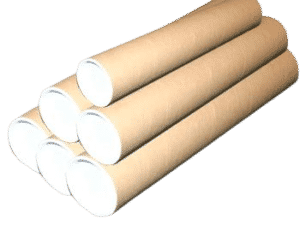Home » How to Maximize Efficiency with Mailing Tubes in Your Shipping Process
How to Maximize Efficiency with Mailing Tubes in Your Shipping Process
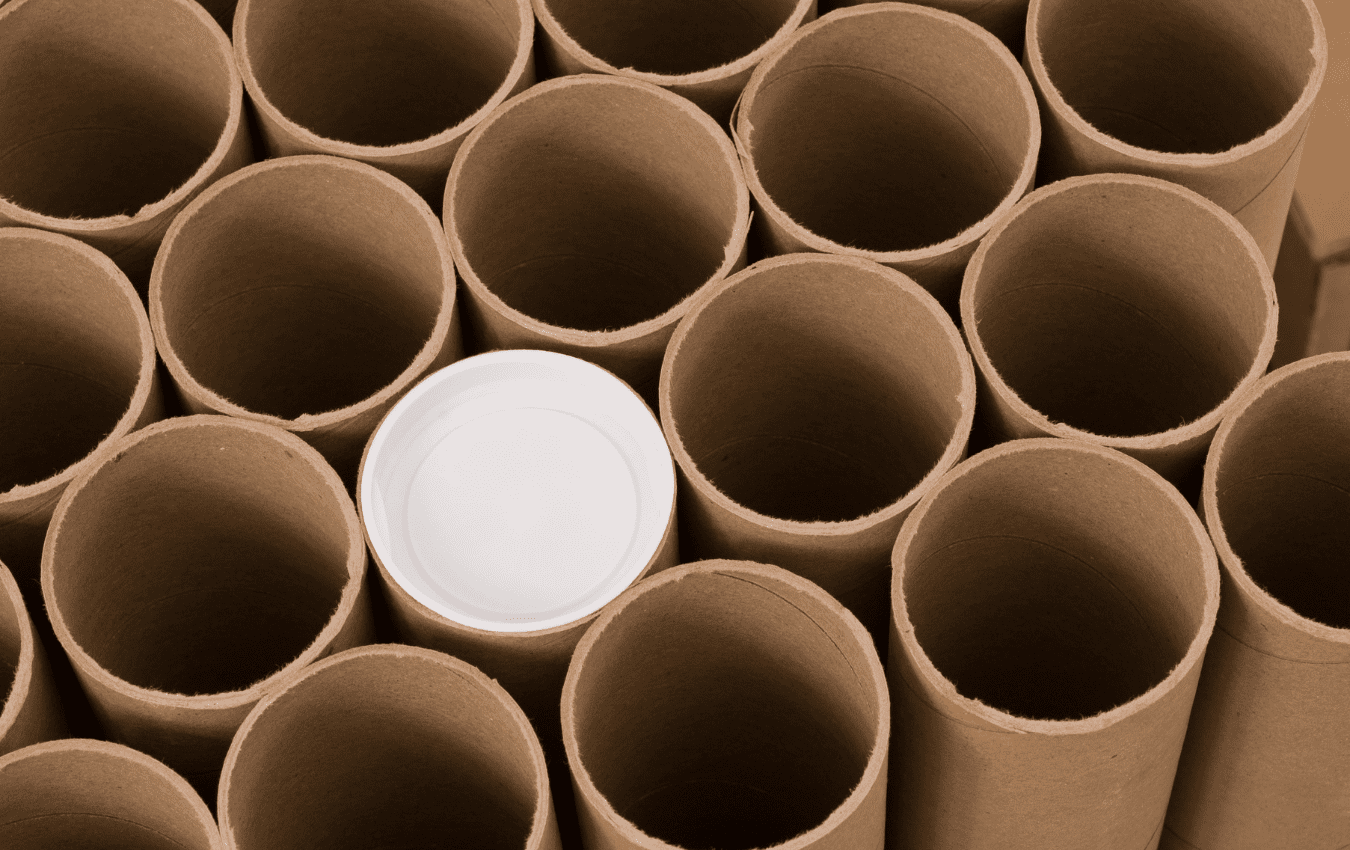
Shipping is a critical part of any business that provides physical goods to its customers. Efficient, cost-effective shipping processes not only improve customer satisfaction but also drive down operational costs. Mailing tubes, while not a new concept, have been an underutilized resource in many industries. They can optimize shipping costs, enhance product safety, and offer unique branding opportunities. In this blog post, we will delve deep into the world of mailing tubes and provide actionable tips on how to maximize their efficiency in your shipping process.
Understanding the Advantages of Mailing Tubes
Before we discuss how to make the most of mailing tubes, let’s first understand their unique advantages:
- Durability: Mailing tubes are typically made from sturdy materials such as cardboard or plastic, making them resistant to damage from drops or impact. This provides excellent protection for the shipped items.
- Shape and Design: The cylindrical shape of mailing tubes distributes pressure evenly across the surface, making it less likely that the contents will be crushed or damaged during transportation.
- Versatility: Mailing tubes can accommodate a wide array of items. They’re not just for posters or blueprints; many products such as apparel, accessories, or certain types of homeware can be rolled or strategically placed within these tubes.
- Economical: Due to their shape, mailing tubes often more economical for some shipping applications. Additionally, the simple design reduces the need for additional packing materials, saving money on both ends.
- Environmentally Friendly: Most mailing tubes are made from recyclable materials, making them a more sustainable choice for eco-conscious businesses and customers.
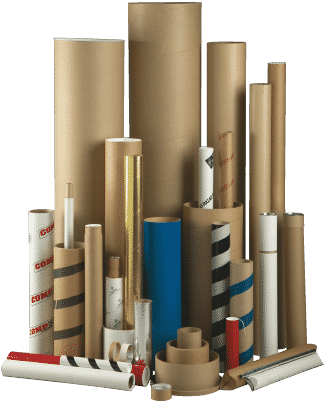
Maximizing Efficiency with Mailing Tubes: A Step-By-Step Guide
Now that we understand why mailing tubes are a fantastic option let’s explore how you can incorporate them effectively into your shipping process.
Step 1: Select the Right Size
Choosing the right size mailing tube is crucial to prevent damage and unnecessary costs. The tube should be slightly longer than the longest item you’re shipping and wide enough to accommodate all items without forcing them. However, avoid selecting a tube that’s excessively large, as it may lead to higher shipping costs or allow items to move around, potentially causing damage.
Step 2: Opt for Adjustable Length Tubes
One way to streamline your shipping process and reduce inventory is by choosing adjustable length mailing tubes. These tubes can be shortened or lengthened depending on the items being shipped, making them a versatile solution that reduces the need for a variety of tube sizes.
Step 3: Use Protective Inner Packaging
Though mailing tubes are durable, it’s still necessary to secure fragile items with protective packaging materials. Bubble wrap, packing peanuts, or foam can provide an extra layer of protection. However, remember to balance this with the need to keep weight and costs down.
Step 4: Ensure Secure Closure
To maximize the protection offered by the mailing tube, it’s vital to ensure its securely sealed. Whether you’re using end caps, friction-fit plugs, or tube crimping, be sure that both ends are tightly closed to prevent the contents from slipping out during shipping.
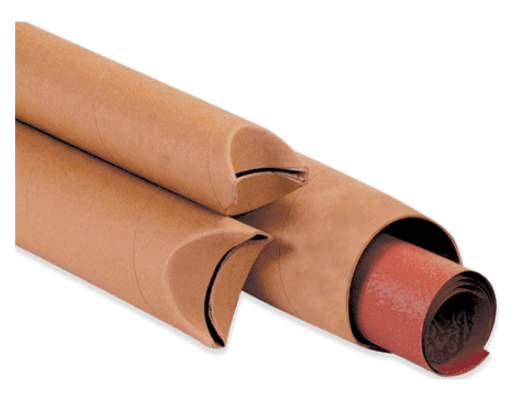
Step 5: Maximize Branding Opportunities
Mailing tubes present a unique canvas for your branding efforts. Customizing tubes with your logo, brand colors, or other designs can serve as an excellent marketing tool while enhancing the unboxing experience for your customers.
Step 6: Leverage Bulk Shipping Discounts
Many carriers offer discounts for businesses that ship in bulk. If you use mailing tubes regularly, consider consolidating your shipments to qualify for these reduced rates. It’s a simple way to drive down your shipping costs further.
Conclusion
Mailing tubes offer a host of benefits that can greatly enhance your shipping process. By selecting the right size, using protective packaging, securing closures, maximizing branding opportunities, and leveraging bulk shipping discounts, you can optimize your shipping process, reduce costs, and boost customer satisfaction. Don’t overlook the humble mailing tube; it might just be the shipping solution you’ve been seeking.
If you are interested in custom or stock mailing tubes, then partner with Brown Packaging today to get started.
In the retail environment, the placement of Point of Purchase (POP) displays is just as critical as their design and content. Strategic positioning can significantly
Choosing the right foam density isn’t about “soft” versus “hard” — it’s about controlling shock transmission and matching the foam’s cushioning curve to the product’s
Moisture resistance and dimensional stability are critical performance factors for custom inserts, especially when products are shipped or stored in variable climates. Both foam and
Sustainability in pet food packaging is not just about recyclability—it’s about reducing environmental impact across the entire lifecycle. For products with high barrier needs like
Retailers place strict requirements on packaging to ensure products move efficiently through distribution centers, arrive safely, and look consistent on shelves. Non-compliance can lead to
RSC boxes dominate shipping because they combine strength with efficiency. But beyond protection, their dimensions and stacking performance directly influence freight cost, pallet utilization, and
Home » How to Maximize Efficiency with Mailing Tubes in Your Shipping Process
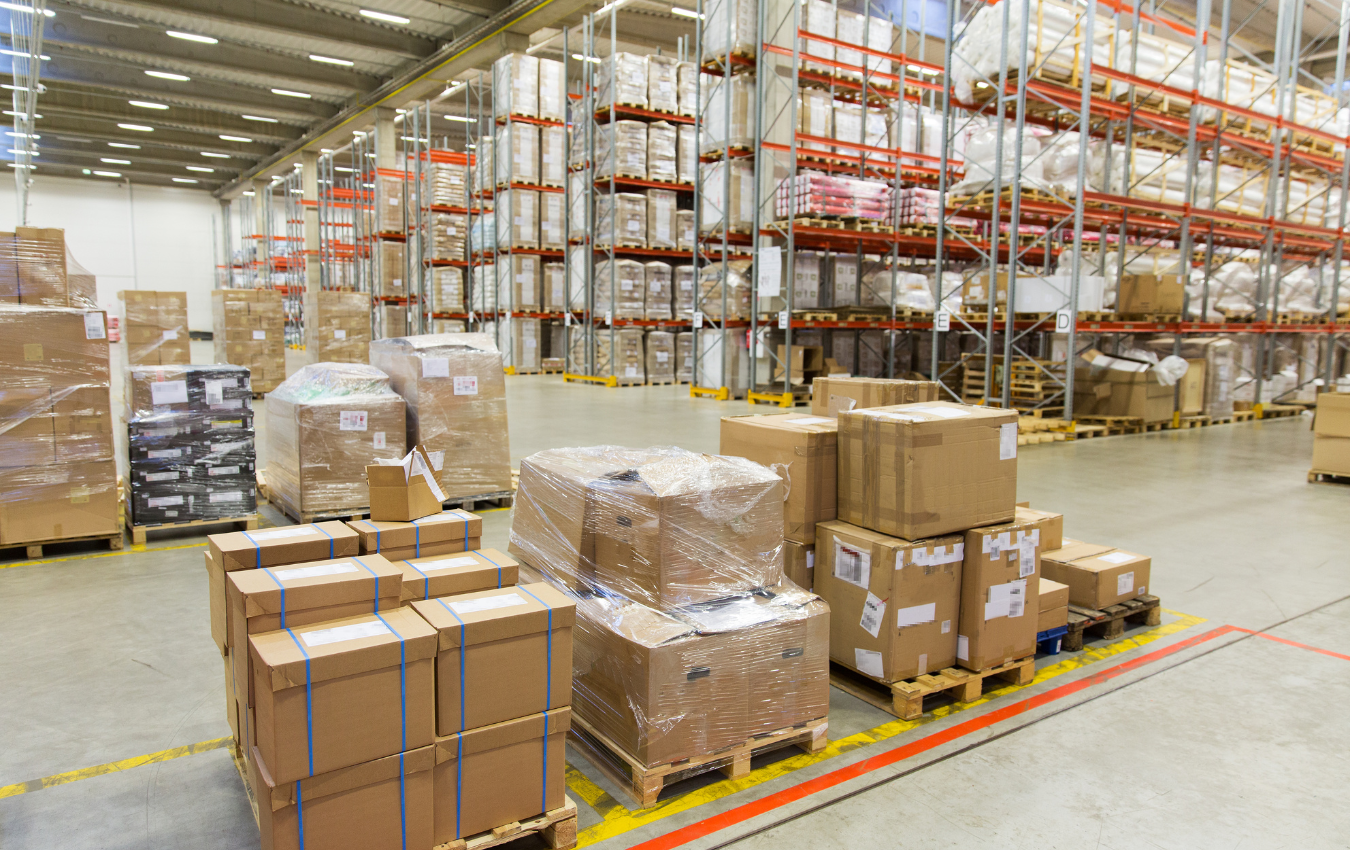
In the realm of product management, the relationship between packaging and storage is often overlooked, yet it is a critical aspect of operational efficiency and
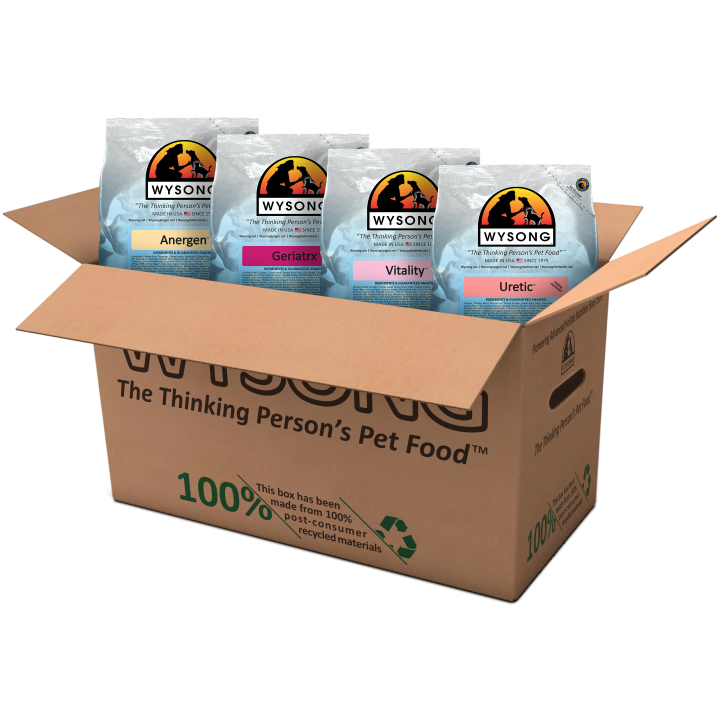
Sustainability in pet product packaging involves balancing environmental impact with functional performance. Materials must protect against moisture, oxygen, and pests while also meeting recyclability or

Shipping tubes, also known as mailing tubes, are cylindrical containers that are designed to protect and transport rolled documents, posters, artwork, and other items that


